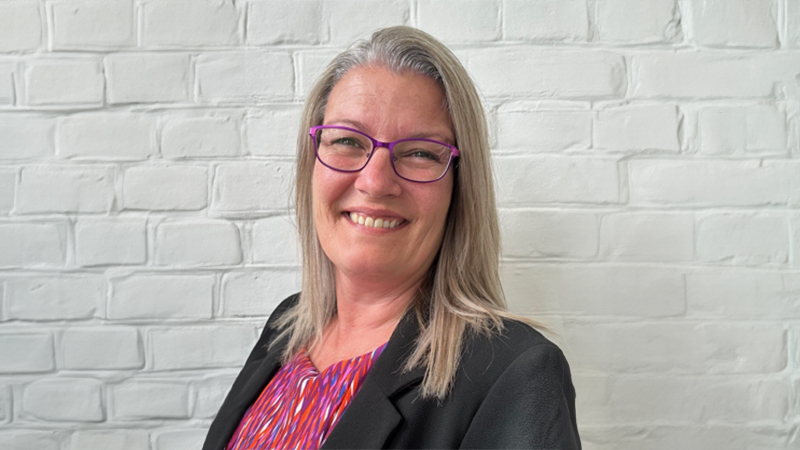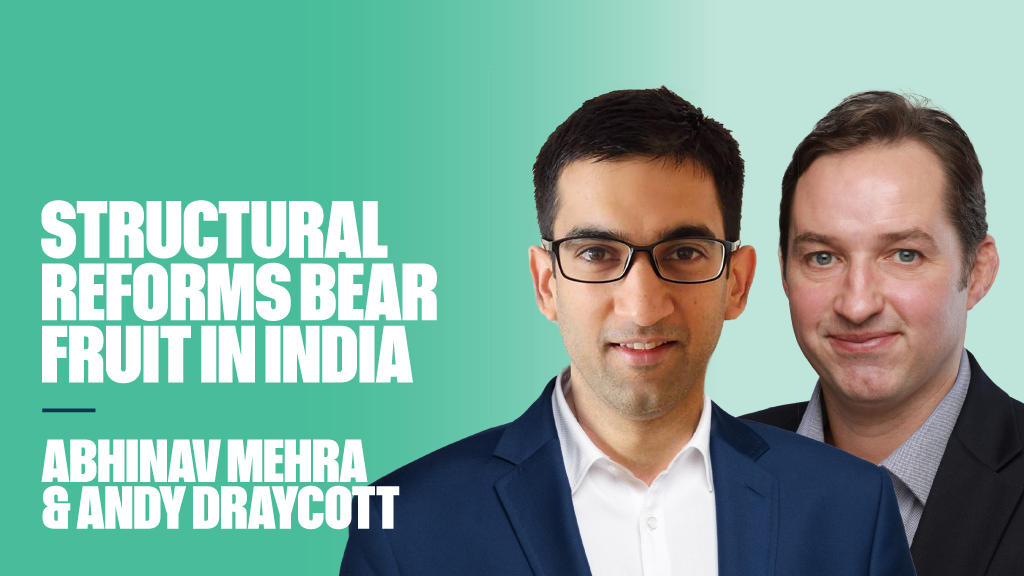Acquisition is a popular and effective way of quickly expanding the scope of a wealth management business, but it can also create new challenges. For discretionaries, a ballooning of assets under management can bring added investment flexibility, though it may also be restricting in terms of keeping portfolios liquid, especially post-the credit crisis.
JLT Group acquired Iimia Wealth Management in January 2010, bringing in the expertise from its financial planning and investment management teams. Among the movers was Darryn Lake, who started at Iimia in 2000 when it had £30m under management, and is now JLT Investment Management’s chief investment officer looking after around £500m in client money. This includes £390m under discretionary management, with the rest held in the recently launched, institutionally-focused JLT Growth Fund.
The buy list
Given the growth in business, Lake insists on the team’s buy list being 100% liquid with daily-traded funds. This means less liquid asset classes, such as bricks and mortar property, are avoided, as are investment trusts.
“As we’ve seen over the past few years, liquidity is a big issue and, with the amount of money we have under management, it can be quite difficult to invest,” he explains.
“Sometimes trading £10,000 to £15,000 of an investment trust can give you problems with dealing at a reasonable price. Our buy list is almost entirely open-ended funds and ETFs.”
He adds: “As the business grows, we have to be aware of the minimum size of fund that we can have once it goes on our buy list. Depending on what asset class it is in, it could be a large percentage of a portfolio and therefore a reasonable percentage of our assets under management, and we could end up building quite a sizeable holding in that fund.”
Lake is one of three investment managers based in Exeter, with another two in Bournemouth and London, with a further three researchers, also based in Exeter. That research team follows a primary challenge to find the “best of breed” in each asset class.
He explains: “We are not just after one fund from each asset class, as we have clients with a varying range of objectives and profiles. Therefore in, say, the UK equity sector, we are looking for growth funds, absolute return-style funds and equity income funds. We challenge our research team to find the best of the best and create a buy list for us, typically between 55 and 70 funds.”
Funds sought primarily have a three-year track record and are scored for their inherent risk. If a fund does not have such a long track record, then it makes sense to give it a higher risk rating.
“Our investment horizon on the discretionary side of the business is three to five years, so we are looking for funds that will perform over that timescale, but of course we will take into account the near-term performance and how they are managing to get through markets,” Lake explains.
“We have a good tradition of using managers that have done well or very well, so we have quite a low turnover compared to that of the industry.”
Three objectives
Rather than designing model portfolios, asset allocation is based on three main objectives – income, growth, or a balance between the two. Each asset class is then given a mid range with tolerance levels above or below that.
“We are aware that because of those allocations we have a number of clients that may have the same objective, but very different risk tolerances, and therefore the ability to use those ranges to adapt for lower to higher risk clients within asset classes – whether that be in equities, fixed interest or alternatives – is key,” says Lake.
“That, together with the buy list, enables us to risk score our funds and use the asset allocation range together with the client’s risk to build a portfolio with the buy list.”
Investment decisions are made through three separate committees. The market forecast group meets quarterly to form a long-term strategic view, while a tactical asset allocation group meets monthly to formulate views on individual asset classes on an annual basis.
A further committee, the investment policy group, has a number of remits within its terms of reference to decide upon asset allocation and where the portfolios should be positioned, while also ratifying or disagreeing with any fund recommendation.
Global strategy
As a principle, the team favours a global approach with a preference for emerging markets. Lake talks of a “blur” forming between the developed and developing, though he also acknowledges the huge differential between the heavily indebted West and more liberated emerging economies.
The long-term trend is still BRIC, though Asia – especially China – is in the driving seat for the time being. Despite having used single-country funds in the past, the current preference is for specialist GEM vehicles, including First State Global Emerging Market Leaders, Polar Capital Emerging Markets Income and Lazard Emerging Markets.
Turning to US equities, Lake prefers to use passives, given that around two-thirds of actively managed growth funds there fail to beat the major indices.
He adds: “The US fiscal cliff issue will weigh heavily for the next few weeks, and the way markets react to that will very much depend on whether it’s a short-term or full resolution, or whether it is left to the last minute as it was in 2011. Now the US election is out of the way, the real hard work starts. If it’s not resolved, it could take the US into recession and the rest of the world with it.”
Macro concerns also dominate the thinking on Europe, which JLT exited in late 2011. Lake recognises that valuations are attractive and is monitoring for an opportune time to re-enter European equities, but for now there are “too many unknowns” that are yet to be resolved.
In common with most asset allocators, Lake sees little value to be had in gilts given the low yields on offer, and marginal exposure to the asset class is held only through strategic bond funds, offered by the likes of Henderson and Fidelity. Interestingly, he is now looking to cut exposure to these vehicles in favour of splitting out fixed interest exposure across dedicated funds in investment grade, high yield and emerging market debt, in part to take advantage of pricing anomalies.
He adds: “We have seen a very good run in high yield, certainly coming through 2011. We think it is an area that will help provide reasonable yield and protection. We know that balance sheets across the UK have been improved dramatically, and I think 2008 helped us radically where costs were cut quite significantly and inventories were run down, and obviously there wasn’t the debt available for businesses to take on board.”
Capital preservation remains a primary concern across the industry, and JLT opts to smooth out client returns through use of absolute return funds that aim to produce either cash-plus or inflation-plus returns on a rolling five-year basis. This includes Standard Life’s popular GARS Fund and Newton Real Return Fund, which, although more correlated to equities, does offer the bonus of an income stream.
Face facts
One real benefit of a larger team, of course, is having extra resources and Lake is clear that, whoever the manager is, face-to-face meetings are a necessity with all funds on the buy list.
He concludes: “You can look through numbers, the performance and characteristics of a fund, but it is the face-to-face meetings that add the value. You can get the impression from a fund manager whether or not they are comfortable with
what they are saying and whether they are comfortable with where they are positioned.
“The major questions we ask are: what’s the philosophy behind your fund? What is your style of investment? In what market conditions will your fund perform? That’s the telling question – whether funds can perform through different market cycles.”










